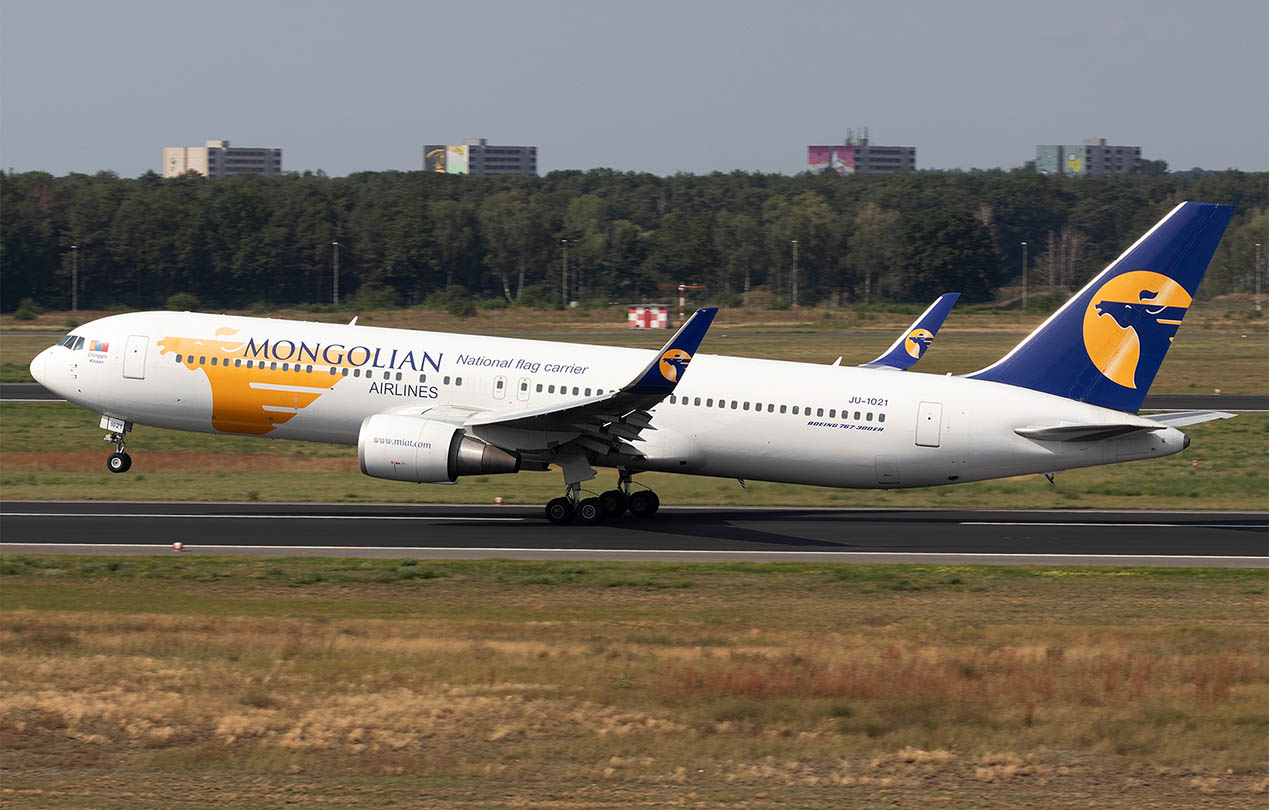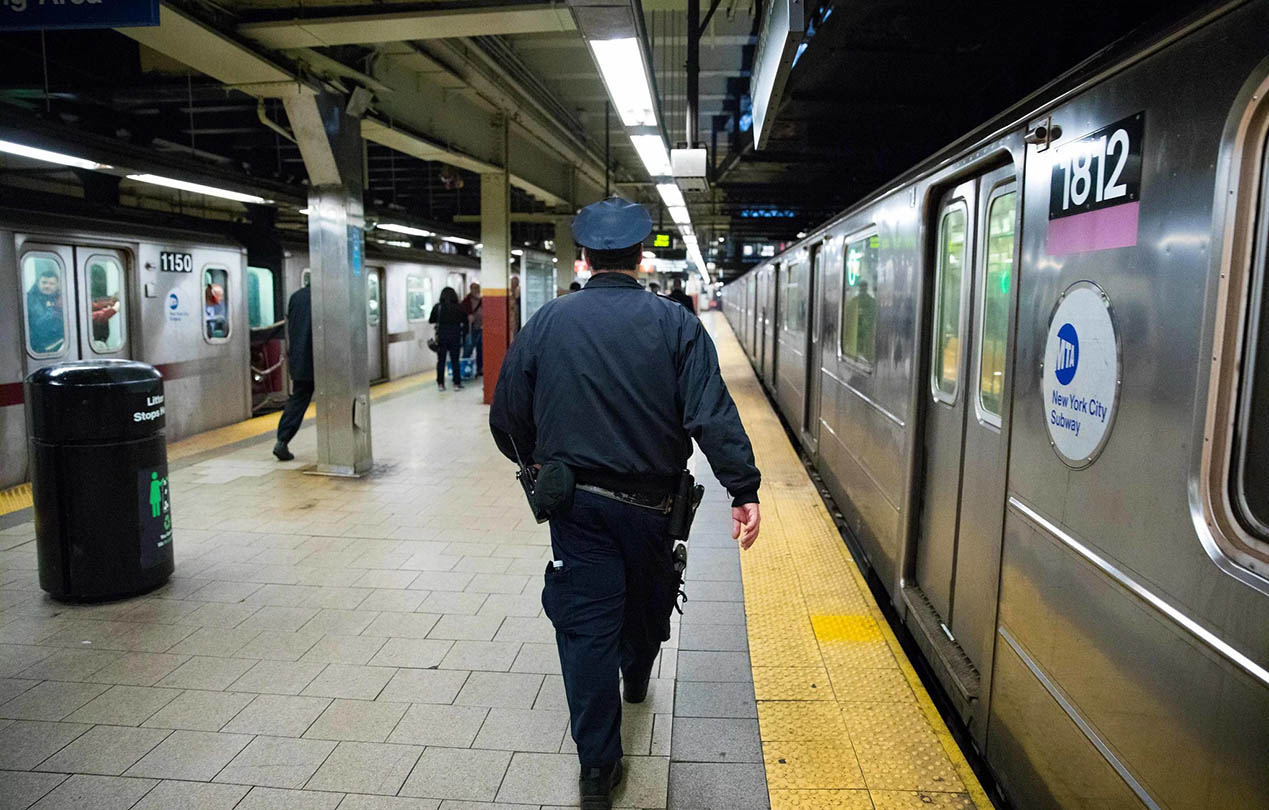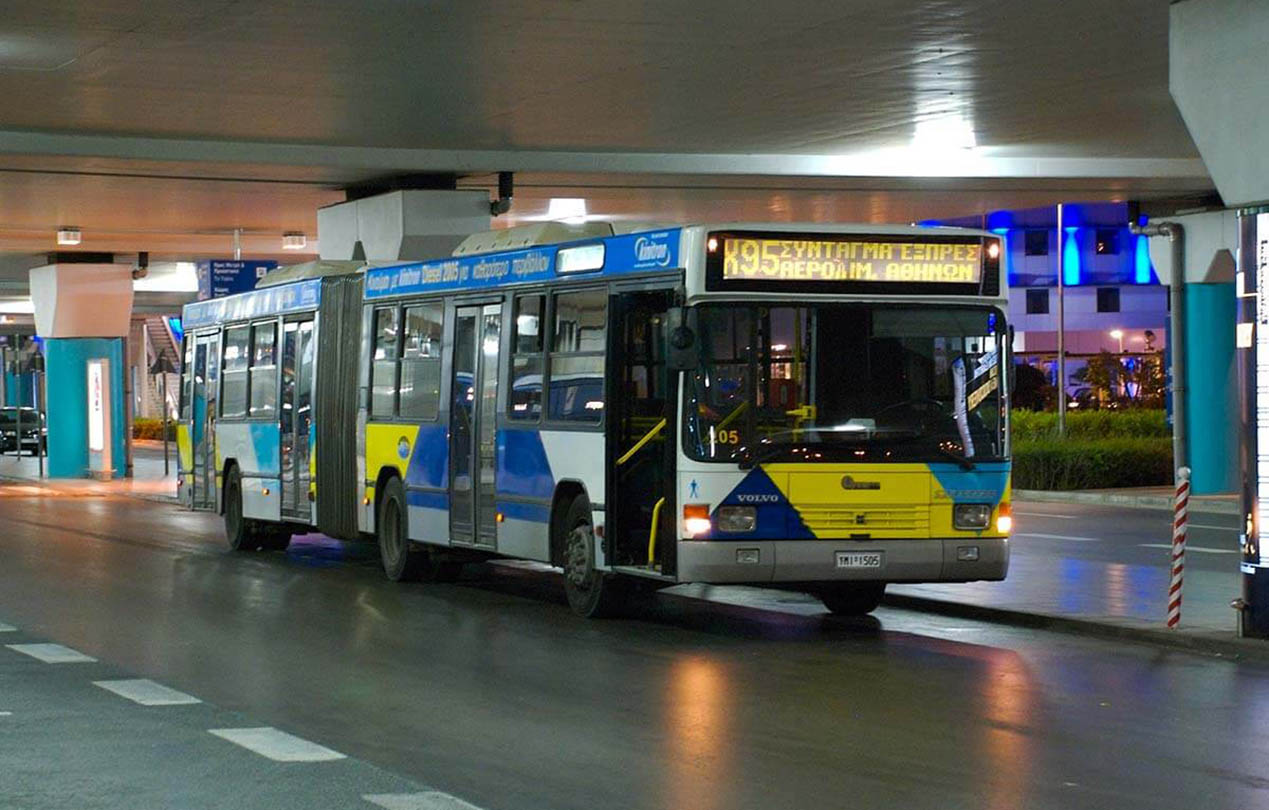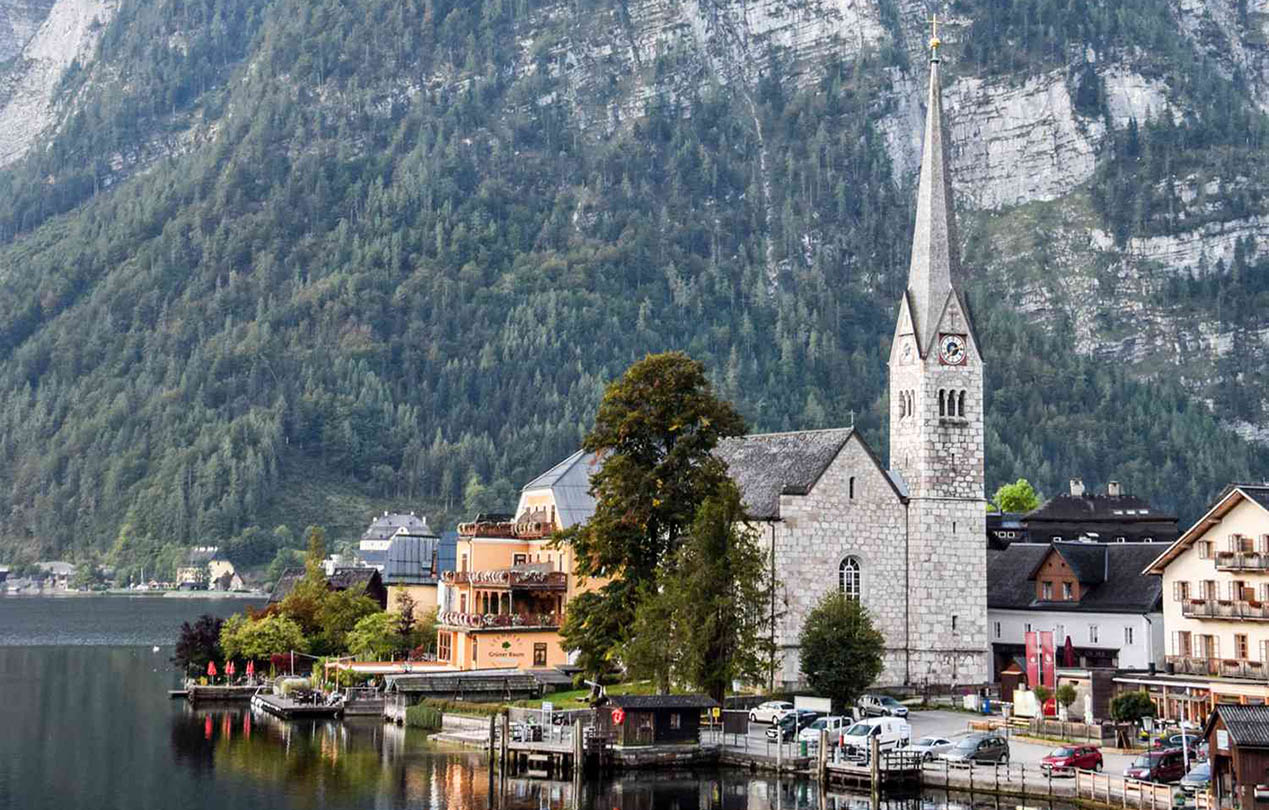I often share my experiences traveling around the world, and I must say, Berlin’s public transportation system is one of the most efficient and convenient I’ve encountered. I’ll walk you through the best ways to explore the city, making your journey through Berlin smooth and stress-free.
Flying into Berlin
When I first flew into Berlin, I chose Berlin Brandenburg Airport (Flughafen Berlin Brandenburg), the city’s main international gateway. This airport connects the city to various global destinations. My flight was only a couple of hours long, making it a quick and easy journey. Once I landed, I was welcomed by a modern and well-organized airport. Berlin Brandenburg is one of Germany’s most advanced airports, providing seamless transportation options that allow every visitor to enter the city with ease.
Transportation from Brandenburg Airport to the City Center
Getting from Berlin Brandenburg Airport to the city center is incredibly easy, with a variety of transportation options available. After traveling from the airport, I quickly realized how convenient and well-connected the public transport system is.
- Airport Express (FEX):
The Airport Express is one of my preferred ways of getting into the city. It departs from the airport and takes you directly to Berlin Central Station (Hauptbahnhof) in about 30 minutes. During the ride, you can relax and enjoy scenic views of Berlin, while the train itself offers a clean, comfortable, and air-conditioned ride. - S-Bahn (Suburban Railway):
If you prefer another option, you can take the S-Bahn (suburban railway). S9 and S45 lines from the airport connect to several important areas in Berlin. Although the journey takes around 40 minutes, it’s a good opportunity to take in the sights along the way, gradually immersing yourself in the city’s atmosphere. - Taxis and Ride-Hailing Services:
If you’re traveling with heavy luggage or prefer more convenience, taking a taxi or using a ride-hailing service is also an option. The ride takes about 30 minutes, but it’s a more expensive choice compared to public transport.
Traveling by Train/Bus to Berlin
Aside from flying, traveling to Berlin by train or bus is another great way to get to the city, especially if you’re coming from nearby European cities or other parts of Germany. Taking a train provides scenic views of the countryside, and it’s a comfortable way to travel.
By Train:
Deutsche Bahn (German Railways) offers high-speed trains that connect Berlin to major cities around Europe. For instance, a train from Munich to Berlin takes about 4 hours, and the train stations are usually located in the city center, making it easy to access public transport once you arrive.
By Bus:
For those on a tighter budget, taking a long-distance bus is an affordable alternative. Companies like Eurolines and FlixBus offer services to Berlin from various locations across Europe. Although the travel time may be longer, buses offer an economical option for getting to the city.
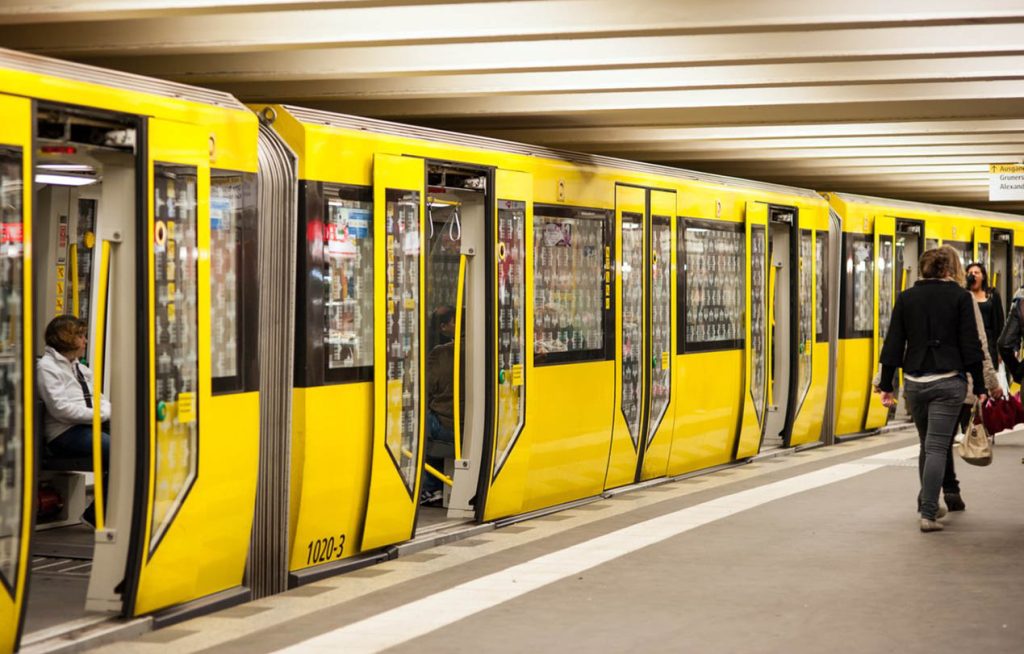
Common Public Transport in Berlin
Once you’re in the city, getting around Berlin is incredibly easy thanks to the excellent public transportation system. Here are the main modes of transport I use regularly.
S-Bahn (Suburban Railway)
The S-Bahn in Berlin is one of the most common and convenient ways to travel within the city. It has an extensive network that connects almost every important district. I particularly enjoy riding the S-Bahn because it’s quick, efficient, and comfortable. The stations are well-marked, and the trains are clean and reliable, which makes it my preferred way to get around.
I recommend taking lines S3, S5, S7, and S9, as they take you to key locations in the city such as Museum Island, Alexanderplatz, and Berlin Central Station, among others.
U-Bahn (Subway)
Berlin’s U-Bahn (subway) system complements the S-Bahn and is mainly used for short-distance trips within the city center and surrounding areas. The U-Bahn system is also very punctual, and the stations are easy to navigate. I often take the U2 line, which connects several major destinations like Alexanderplatz and the trendy area around Ku’damm in West Berlin.
Bus Routes 100 and 200
If you’re visiting Berlin for the first time, I highly recommend taking bus routes 100 and 200. These routes cross the city and pass by many of Berlin’s major attractions, making them a convenient and scenic way to see the city.
- Bus 100: This route starts from Berlin Central Station (Hauptbahnhof) and passes through Brandenburg Gate (Brandenburger Tor), the Reichstag (German Parliament), Victory Column (Siegessäule), and Charlottenburg Palace (Schloss Charlottenburg), among other landmarks. The 100 bus offers a unique opportunity to view the sights of the city from the comfort of your seat.
- Bus 200: The 200 bus also crosses Berlin, taking you to key spots such as Alexanderplatz, Museum Island, and Berlin Cathedral (Berliner Dom). It’s another great option for sightseeing while traveling around the city.
Ticket System
Berlin’s public transport system is easy to use, and tickets can be purchased through Berliner Verkehrsbetriebe (BVG). You can buy single tickets, day passes, or weekly tickets depending on your stay. Tickets are valid across all public transport modes, including the S-Bahn, U-Bahn, and buses.
If you’re planning to stay for a few days, I recommend purchasing a day pass, which is more cost-effective for frequent travelers.
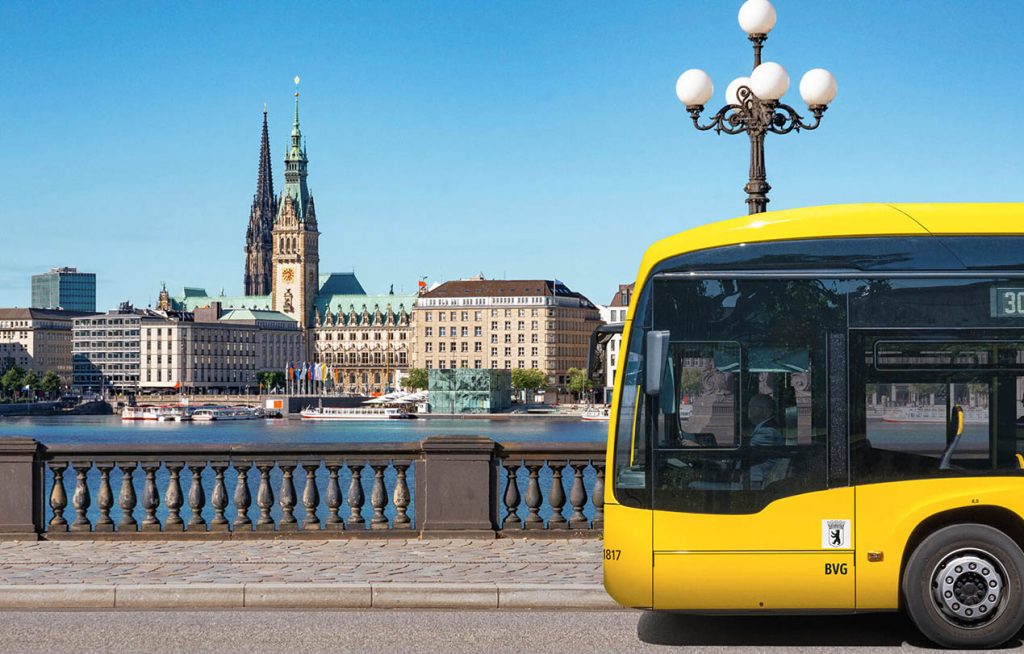
Travel Tips
- Plan Ahead: While Berlin’s public transport system is efficient, it can get crowded during rush hours (such as in the morning or after work). To avoid long waits, I recommend planning your trips during off-peak hours if possible.
- Consider a Day Pass: If you plan on using public transport multiple times during your visit, a day pass is a cost-effective choice. You can purchase a day pass at any station, and it allows unlimited travel on all public transport services.
- Always Carry Your Ticket: In Berlin, it’s important to always carry your ticket and keep it valid during your journey. Ticket checks are frequent, and fines are imposed for travelers without tickets.
- Walking is Great Too: Berlin’s major attractions are often within walking distance of each other, and I enjoy walking through the city on nice days. Exploring on foot allows you to discover hidden corners and unique spots that you might miss by taking public transport.
Berlin’s public transport is incredibly convenient, efficient, and accessible. Whether you’re a first-time visitor or a frequent traveler, you’ll find it easy to navigate the city and visit all the major attractions. Once you familiarize yourself with the public transportation system, Berlin’s diverse neighborhoods and iconic landmarks will be right at your fingertips, ready for you to explore.
I hope this guide helps you plan your trip to Berlin and makes your travels through the city smooth and enjoyable!
